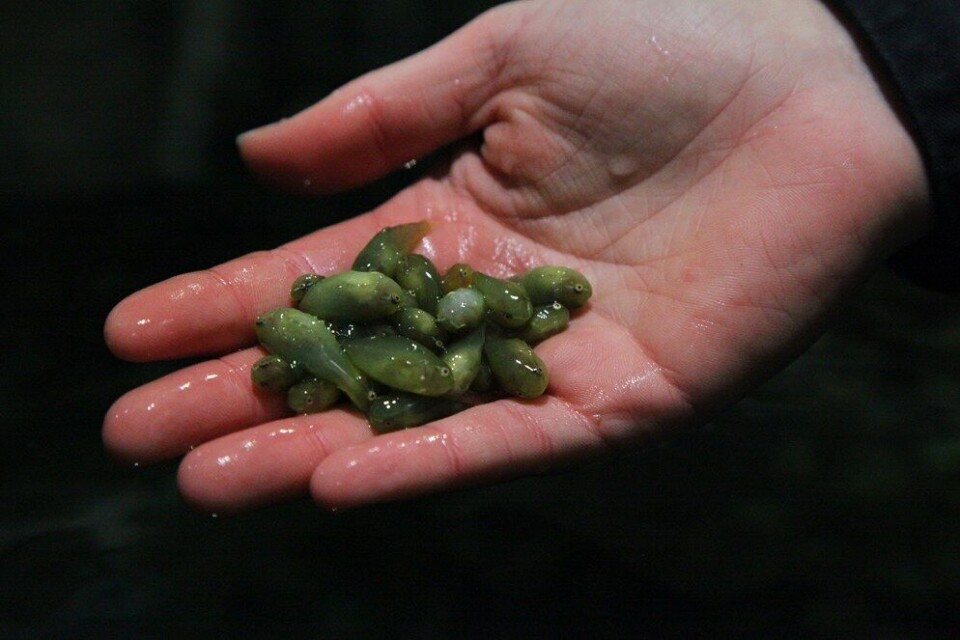
World’s largest lumpfish farm gets bigger
Norwegian cleaner fish breeder Namdal Rensefisk has signed an agreement worth NOK 24 million (£2.25m) with AKVA group and its subsidiary Plastsveis to build a fish farming facility for research on and breeding of lumpfish.
The move comes less than a year after Namdal Renefisk opened the world's largest and most modern production facilities for lumpfish in Flatanger, north of Trondheim.
Namdal Renefisk is a partnership of aquaculture companies Bjørøya, Central Norwegian Aquaculture, Marine Harvest, Emilsen Fish and Nova Sea, together with fish breeding company AquaGen. It supplies the partner companies with lumpfish to combat sea lice in cages.

The new plant at Flatanger will be constructed with 72 tanks that are specially designed and developed for lumpfish. The cleaner fish will weigh approximately 20 grams when released into salmon cages.
Biggest-ever order
Plastsveis general manager, Sten Roald Lorentzen, said: "This is the biggest order Plastsveis has ever received. Lumpfish is a relatively new species in aquaculture and their biological needs are quite different from those of the more familiar salmon.
"This contract will allow us to prove to the world how creative and professional our people are, and show how good we are at finding practical solutions to difficult problems. We are successful because we are able to design specific solutions that meet the needs of our customers and attend to the needs of the fish.
"Our references from previous contracts were also a decisive factor in our success. The fact that we have tackled similar tasks for producers in the region was also a success factor. This strengthens our market position as a solid partner capable of helping customers address any new challenge. We are proud to help combat sea lice in an eco-friendly way."
Stringent requirements
In a statement, AKVA said: "What distinguishes this facility from other facilities, and from the remainder of the fish farming facility at Namdal Rensefisk, is the filtering ratio and temperature management. Aqua Gen and Namdal Rensefisk have stringent requirements to filtering and temperature control, which greatly impact the facility's complexity.
"Instead of placing a single ring pipe under all of the tanks and basic outlet water pipes from the tanks and into the sea, we will have to manage both intake and outlet water separately to numerous zones and individual tanks. Filtering requires many extra filters that are both expensive and that require a great deal of infrastructure in the shape of pipes, valves, sensors, control electronics, etc.
"The energy plant comprises a heat pump and exchange system that has to be flexible in order to achieve individual temperatures in different zones and tanks. Another aspect of the energy plant is that the heat from the outlet water should be recycled, and this means that the outlet water must be treated and pumped through heat exchangers before being returned to the sea. In order to supply even pressure and total gas saturation in the water, the water must be supplied from dedicated level tanks at the final stage of the intake system (seawater intake, filtering, energy, aerating)."
A construction time of around 10 months is estimated.























































